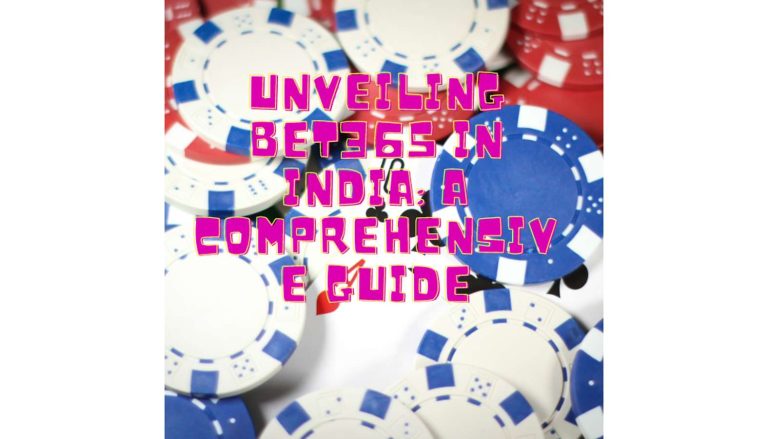Motion graphics can transform the way a brand shares its story, offering a dynamic and visually engaging experience. These animated visuals go beyond simple illustrations by combining design, text, and movement to convey complex messages succinctly.
They are not only attention-grabbing but also highly versatile, making them suitable for different platforms and mediums. As a marketer or content creator aiming to enhance your brand’s narrative, incorporating motion graphics can add a new dimension to your strategies. Keep reading to discover the key aspects of using motion graphics effectively in your brand storytelling efforts.

Understanding Motion Graphics and Its Role in Brand Storytelling
Motion graphics are an essential tool in the arsenal of modern brand storytelling. They are animated graphic designs that breathe life into static images, enhancing the viewer’s experience through movement. The role of motion graphics in brand storytelling is multifaceted; they can be utilized to explain concepts, showcase products, or simply create an emotional connection with the audience.
A key strength of motion graphics lies in their ability to simplify complex information. Animated infographics or explainer videos use this technique to distill detailed content into digestible visuals. This visual shorthand not only makes the information more accessible but also more memorable, adhering to the adage that a picture is worth a thousand words.
Regarding brand consistency, motion graphics can uphold and even strengthen the brand identity. Through the use of consistent colors, typography, and imagery, motion graphics can be tailored to align perfectly with a brand’s established visual language. This cohesiveness ensures that every piece of content contributes to a unified brand story.
Furthermore, a compelling presentation for motion graphics can act as a medium to convey a brand’s values, mission, and personality. By employing storytelling techniques, brands can craft narratives that resonate on an emotional level, making the brand more relatable and engaging to its audience.
Also Read: TikViral’s 8 TikTok Tips for Authors to Keep Readers Engaged
Crafting a Compelling Narrative Through Animated Elements
To craft a compelling narrative with motion graphics, each element must be purposeful and contribute to the overarching story. The animated elements should work synergistically to construct scenes and convey emotions, guiding the viewer through the narrative. For example, the use of smooth transitions can signify a connection between key points, aiding in visual storytelling.
Timing and pacing are crucial aspects of animation. They affect how well the story is told and whether the message is captured by the audience. A well-paced animation maintains viewer interest, providing just enough time to absorb each point without lingering too long on any one element. Skilled use of rhythm and timing can reinforce the plot and emphasize the most critical parts of the narrative.
Character animation can be particularly effective in creating a narrative, as well-defined characters can become the face of a brand. Viewers often connect with characters on a personal level, leading to increased empathy and engagement. A mascot that reoccurs in various graphics can help thread a continuous story across multiple marketing campaigns or platforms.
Also Read: What is React SEO? Tips to build SEO-friendly web Applications
Tips for Integrating Motion Graphics Seamlessly With Your Brand Identity

Integrating graphics with your brand identity requires careful consideration of your visual assets. Begin with a clear understanding of your brand’s visual language—its colors, fonts, logos, and imagery. Motion graphics should incorporate these elements to ensure consistency across all communications.
Customization is key when creating graphics. They should not be generic but tailored to the unique narrative and values of your brand. This can mean creating custom illustrations or animations that resonate with your target audience and differentiate your brand from competitors.
The tone of your graphics should reflect your brand’s voice. Whether it’s professional, playful, or inspirational, the style of the animation must align with how your brand communicates across all other mediums. Consistency in tone helps to reinforce brand recognition and loyalty among your audience.
Altogether, motion graphics are a powerful medium that, when executed well, significantly enhance brand storytelling. By understanding and leveraging the interplay between animation and brand identity, and measuring and adjusting based on engagement, brands can craft immersive narratives that resonate with their audience. Overall, an effective motion graphics strategy can translate to stronger brand loyalty and a more pronounced market presence.










+ There are no comments
Add yours